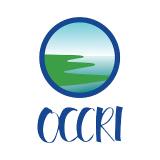Pacific Northwest DEWS Drought & Climate Outlook: February 22, 2021
The Pacific Northwest Drought Early Warning System (PNW DEWS) Drought & Climate Outlook Webinar is part of a series of regular drought and climate outlook webinars designed to provide stakeholders and other interested parties in the region with timely information on current drought status and impacts, as well as a preview of current and developing climatic events (i.e., El Niño and La Niña).
Key Partners
We would like to thank Karin Bumbaco (Office of the Washington State Climatologist), Andy Bryant (National Weather Service Weather Forecast Office Portland) Amy Garrett and Matthew Davis (Oregon State University), and Keith Musselman (Institute for Arctic and Alpine Research, University of Colorado-Boulder) for taking the time to present as part of the Pacific Northwest DEWS webinar series.





